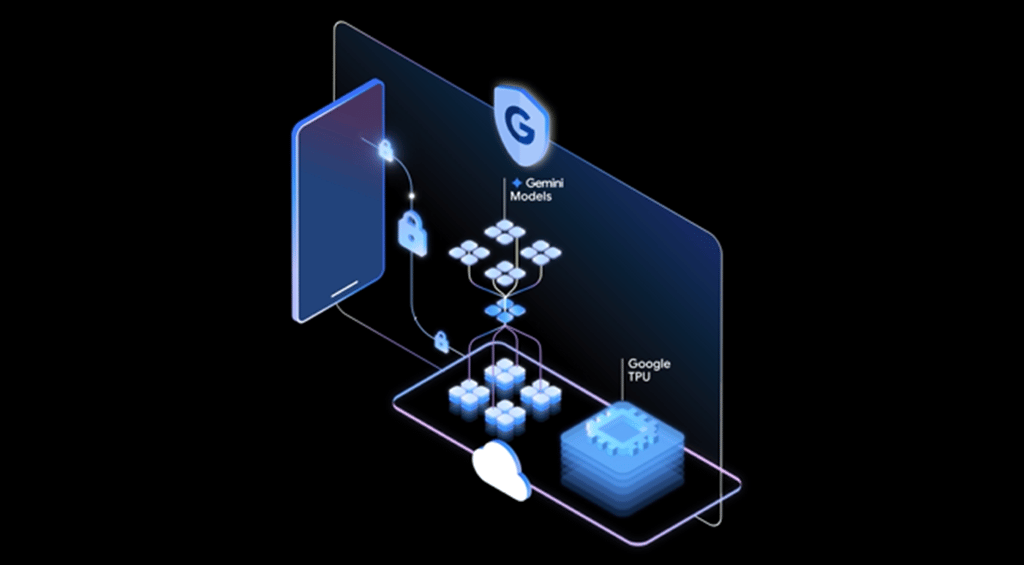Datamation content and product recommendations are
editorially independent. We may make money when you click on links
to our partners.
Learn More
For years, Linux and free software were perceived as threatened by cloud computing, the online storage of data. However, over the last few years, something ironic happened — free software became a major player in cloud computing.
That wasn’t always the case. In 2008, Richard Stallman, the founder of the Free Software Foundation, condemned cloud computing as “just as bad as using a proprietary program….If you use a proprietary program or somebody else’s web server, you’re defenseless. You’re putty in the hands of whoever developed that software.” Cloud computing, he added, was “worse than stupidity” because it meant that providers controlled customer’s data.
Cloud Storage and Backup Benefits
Protecting your company’s data is critical. Cloud storage with automated backup is scalable, flexible and provides peace of mind. Cobalt Iron’s enterprise-grade backup and recovery solution is known for its hands-free automation and reliability, at a lower cost. Cloud backup that just works.
SCHEDULE FREE CONSULT/DEMO
Stallman was referring mainly to the free storage that many providers offer, equating it with the free services provided by social media sites such as Facebook and Twitter. Free services, he argued, gave the same convenience as free software, but without user control.
The Free Software Foundation’s response to this threat was to release the Affero General Public License, a license designed for online services. However, the Affero License has never been widely used, and critics like me have often noted that the Free Software Foundation has courted disaster by not offering a solution to an obviously growing threat.
What none of us foresaw was that much of the perceived problem would eventually solve itself. Nor could we foresee that free software would become the model for a growing number of cloud vendors. Angel Diaz, Vice President, Software Standards and Cloud Labs, estimates that IBM did seven billion dollars’ worth of business in cloud service in 2014 alone — and that was only a single company.
Enter OpenStack
Cloud services have been dominated by companies like Amazon and Microsoft. However, in 2012, the OpenStack Foundation was founded to administer a project started by RackSpace and NASA. Today, the OpenStack Foundation consists of hundreds of companies, many of whom are also active in free software development, including Canonical, Hewlett-Packard, IBM, Red Hat, and SUSE. Others are well-known technology corporations such as Huawei, Oracle, and VMWare.
Such a diverse group required a model for cooperation. The Foundation found it in Linux and the free software movement. It chose the Apache 2.0 license for its software, allowing for a mixture of free and proprietary uses. Just as importantly, it took Linux, free software, and the community that supports them as a direct example, noting how they were organized and how they had survived the cycle of boom and bust around the turn of the millennium.
The result was unprecedented growth, which Chairman of the Board Alan Clark of SUSE attributes largely to the Foundation’s ability to learn from free software’s example. It helped, too, Clark says, to be able to point to a proven success to convince executives of the validity of the approach.
To add irony to irony, OpenStack has recently started promoting federation, the solution that many free software advocates see to the centralized control of cloud services. Federation is the development of a standard core of functionality that allows users to choose the software they use, instead of becoming dependent on the vendors’ choices.
Admittedly, free software advocates see federation as a means of combating vendor lock-in, while OpenStack corporations see it as a way to ease cooperation between conflicting interests. However, in this case, the same approach enables both ideals and practicality, going a long way to disprove the idea that free software and cloud services are natural enemies.
Free Software Alternatives
Of course, free software as a means of production does not address Stallman’s concerns about privacy and control of data. Even if users can examine the code for backdoors usable by vendors, they still have no control over who has access to the data, or where and how it is stored.
However, free software is providing alternatives that address these issues as well. For example, Tahoe-LAFS is a free software project that offers the means to encrypt data and to store it in separate chunks across multiple sites and reassemble it, with the result that privacy is returned to the users.
Similarly, ownCloud, which began as a free software project and became a company, offers a relatively easy way for customers to set up their own cloud services while retaining control over their data. The fact that ownCloud does not sell storage itself helps to reinforce its dedication to privacy.
In fact, when ownCloud founder Frank Karlitschek talks, his concerns sound almost identical to Stallman’s. The problem with most cloud services, Karlitschek explains, “is that we give up control of our data, which means privacy is a concern; you don’t really know who has access to the data.”
ownCloud is probably a minor company compared to most members of the OpenStack Foundation, but the signs are that it, too, is flourishing. Still, the point is that, both in the mainstream and in the alternatives, free software has become a dominant player in cloud services. What is more, it has done in less than five years what free software took over twenty do — largely because free software was available as an example.
Apparently, in expressing his concerns for free software, Stallman neglected to consider free software itself as a factor in the situation. The current situation is one that was inconceivable in 2008.
Photo courtesy of Shutterstock.
-
Huawei’s AI Update: Things Are Moving Faster Than We Think
FEATURE | By Rob Enderle,
December 04, 2020
-
Keeping Machine Learning Algorithms Honest in the ‘Ethics-First’ Era
ARTIFICIAL INTELLIGENCE | By Guest Author,
November 18, 2020
-
Key Trends in Chatbots and RPA
FEATURE | By Guest Author,
November 10, 2020
-
Top 10 AIOps Companies
FEATURE | By Samuel Greengard,
November 05, 2020
-
What is Text Analysis?
ARTIFICIAL INTELLIGENCE | By Guest Author,
November 02, 2020
-
How Intel’s Work With Autonomous Cars Could Redefine General Purpose AI
ARTIFICIAL INTELLIGENCE | By Rob Enderle,
October 29, 2020
-
Dell Technologies World: Weaving Together Human And Machine Interaction For AI And Robotics
ARTIFICIAL INTELLIGENCE | By Rob Enderle,
October 23, 2020
-
The Super Moderator, or How IBM Project Debater Could Save Social Media
FEATURE | By Rob Enderle,
October 16, 2020
-
Top 10 Chatbot Platforms
FEATURE | By Cynthia Harvey,
October 07, 2020
-
Finding a Career Path in AI
ARTIFICIAL INTELLIGENCE | By Guest Author,
October 05, 2020
-
CIOs Discuss the Promise of AI and Data Science
FEATURE | By Guest Author,
September 25, 2020
-
Microsoft Is Building An AI Product That Could Predict The Future
FEATURE | By Rob Enderle,
September 25, 2020
-
Top 10 Machine Learning Companies 2020
FEATURE | By Cynthia Harvey,
September 22, 2020
-
NVIDIA and ARM: Massively Changing The AI Landscape
ARTIFICIAL INTELLIGENCE | By Rob Enderle,
September 18, 2020
-
Continuous Intelligence: Expert Discussion [Video and Podcast]
ARTIFICIAL INTELLIGENCE | By James Maguire,
September 14, 2020
-
Artificial Intelligence: Governance and Ethics [Video]
ARTIFICIAL INTELLIGENCE | By James Maguire,
September 13, 2020
-
IBM Watson At The US Open: Showcasing The Power Of A Mature Enterprise-Class AI
FEATURE | By Rob Enderle,
September 11, 2020
-
Artificial Intelligence: Perception vs. Reality
FEATURE | By James Maguire,
September 09, 2020
-
Anticipating The Coming Wave Of AI Enhanced PCs
FEATURE | By Rob Enderle,
September 05, 2020
-
The Critical Nature Of IBM’s NLP (Natural Language Processing) Effort
ARTIFICIAL INTELLIGENCE | By Rob Enderle,
August 14, 2020
SEE ALL
CLOUD ARTICLES









